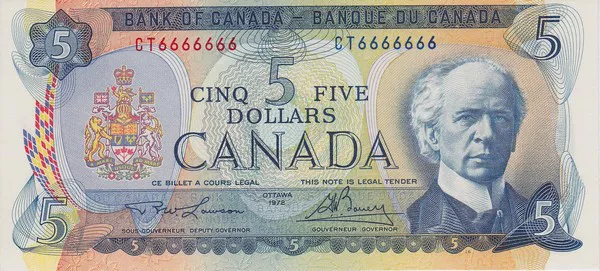USD/CAD is trading below 1.3200 on Wednesday in Asia. However, Canadian economic data points to a slowdown. Canada’s GDP failed to grow for the fourth consecutive month on a monthly basis in October, registering just 0.0%, while September’s GDP data was revised down to flat from a meager 0.1% increase.
However, the USD/CAD pair has been capped by downward pressure on the U.S. dollar amid growing speculation that the Federal Reserve may adopt easing policies. The decline in U.S. Treasury yields further amplified the current weak sentiment and added to the factors weakening the dollar’s strength.
In addition, former Dallas Fed President Robert Kaplan expressed his views on Tuesday. Kaplan highlighted the Fed’s previous mistake of maintaining excessively accommodative policy over long periods of time even when economic indicators were improving. Kaplan believes that the central bank must now act cautiously to avoid repeating the mistakes of the past and be careful not to over-restrict so as not to hinder economic growth.
In addition, a weaker core personal consumption expenditures (PCE) index for November released by the U.S. Bureau of Economic Analysis (BEA) also put pressure on the dollar. The U.S. core PCE inflation rate increased at an annual rate of 3.2%, lower than the expected value of 3.3% and the previous value of 3.4%. At the same time, the PCE price index recorded a monthly rate of 0.1%, which was not much different from the market expectation of 0.2%.
On Thursday, the United States will release data on initial jobless claims and existing home sales. Meanwhile, Canada has no data to release this week.


